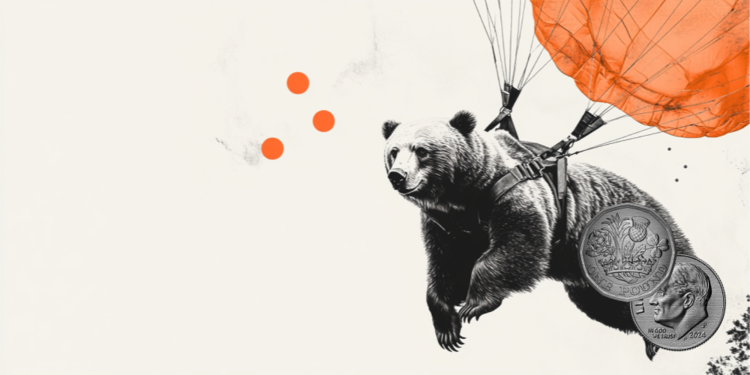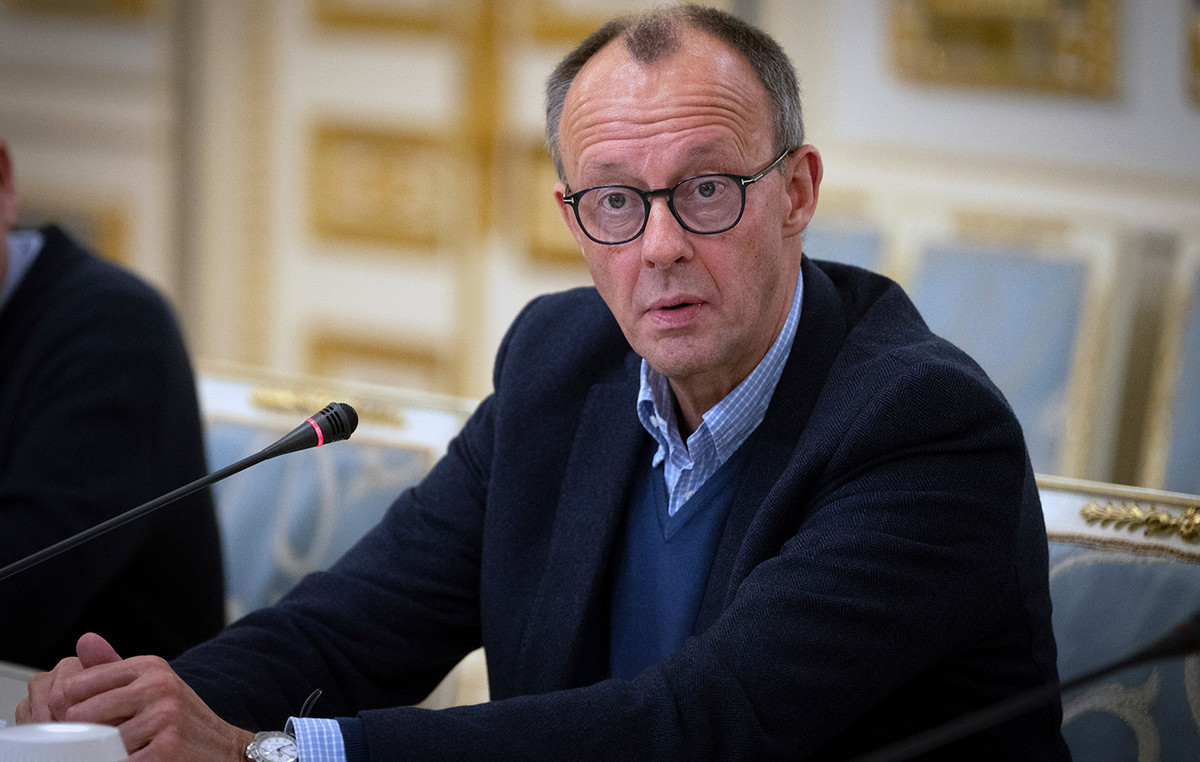Once again, the specter of chemical weapons reappears in the context of a war, this time between Ukraine and Russia. Meanwhile, images of the suffering of civilians under bombardment with conventional weapons have been multiplying since the beginning of the conflict. Follow the special coverage of CNN.
US President Joe Biden said on Friday that Russia would pay “a heavy price” if it uses chemical weapons in Ukraine.
“I’m not going to talk about intelligence, but Russia will pay a heavy price if it uses chemicals,” Biden told Arlette Saenz of CNNamid announcements of new sanctions and export controls against Russia over the war.
The United States has previously imposed sanctions on Russia after identifying the use of chemical weapons in the attempted poisoning of Russian leader Alexey Navalny in 2020 and in 2018 against Sergei and Yulia Skripal in England.
While there is currently no evidence that they were used in Ukraine, the background to Navalny and Skripal and the 2017 chemical weapons attack by Bashar al-Assad in Syria, whose regime is backed by Russia, raised suspicions.
What are chemical weapons?
The Organization for the Prohibition of Chemical Weapons (OPCW), which has broad international support, defines it as “a chemical used to intentionally cause harm or death through its toxic properties”.
“The definition of chemical weapon also includes ammunition, devices, and other equipment specifically designed to convert toxic chemicals into weapons,” OPCW adds on its website.
Some of the main substances that have been used as chemical weapons are chlorine (asphyxiant), mustard gas (which produces painful blisters throughout the body), and neurotoxic agents such as sarin, VX and Novichok (which produce paralysis and death).
How do they differ from biological weapons?
Chemical and biological weapons, along with nuclear weapons, are part of the group of weapons of mass destruction.
But unlike chemical weapons, which use harmful and potentially lethal substances, biological weapons are based on the use of “pathogenic organisms or toxins to harm or kill people, animals or plants”, according to the United Nations (UN).
“They typically consist of two parts: an armed agent and a delivery mechanism. In addition to strategic or tactical military applications, biological weapons can be used for political assassination, infection of livestock or agricultural products to cause food shortages and economic losses, the creation of environmental catastrophes and the introduction of widespread disease, fear and mistrust among the public”, adds the UN.
Biological weapons use bacteria, viruses and fungi, as well as toxins found in nature, to cause harm, highlights the World Health Organization (WHO).
Some of the main agents that have been used are anthrax, botulinum toxin and plague, and potentially viruses like Ebola can also be used.
Why are they banned?
Chemical and biological weapons were first banned in a protocol signed in 1925 after World War I, when chemical agents such as chlorine and mustard gas were widely used on the battlefield, with devastating results that terrified the international community.
“Whereas the use in warfare of asphyxiating gases, poisonous or otherwise, and of all similar liquids, materials, or devices, was justly condemned by the general opinion of the civilized world,” reads the 1925 protocol.
Johnny Nehme, expert from the International Committee of the Red Cross, points out that the ban on these weapons is due to the fact that their indiscriminate use potentially affects people who participate or not in the conflict, and can generate damage to life and effects after the end of the conflict. .
The 1975 Convention on the Prohibition of the Development, Production and Stockpiling of Bacteriological and Toxic Weapons, and the International Convention on the Prohibition of the Development, Production, Stockpiling and Use of Chemical Weapons and their Destruction – from which the 1997 OPCW derives, ratified the status of these weapons.
Russia is a signatory to both conventions, as is the United States.
Images of protests against the war in Ukraine
Source: CNN Brasil







